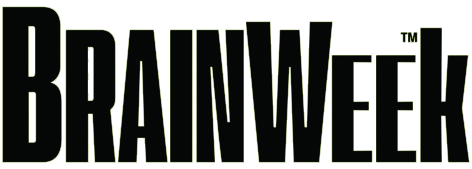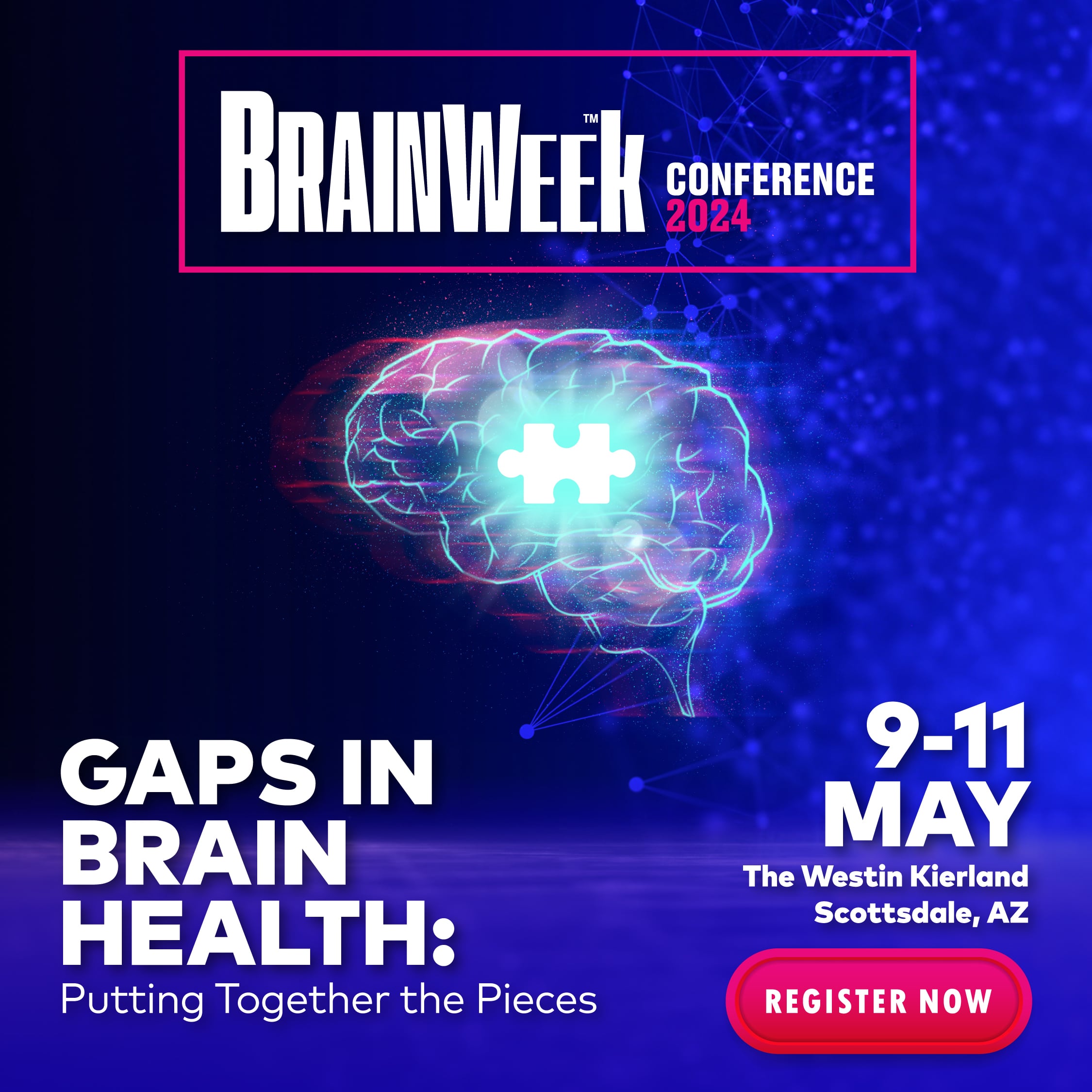A newly developed artificial intelligence (AI) tool could help clinicians identify brain lesions more quickly and enable diagnosis of brain diseases at earlier stages. The tool, developed at The University of Texas Health Science Center at San Antonio can count brain lesions on MRIs within seconds. The study was published in the journal Neuroimage Reports and again in the JAMA Network Open.
Mohamad Habes, PhD, assistant professor of radiology and director of the Biggs Institute neuroimaging core (part of the university’s Glenn Biggs Institute for Alzheimer’s & Neurodegenerative Disease) and colleagues from eight institutions were involved in the study. The Biggs Institute is one of 33 centers in the U.S. recognized as a National Institute on Aging- designated Alzheimer’s Disease Research Center.
The multi-institutional research team developed a deep-learning algorithm that counts a dementia/stroke risk marker called enlarged perivascular spaces (ePVS’s), and they demonstrated the AI tool’s ability to identify and count ePVS’s, which are a marker of cerebral small-vessel disease that can lead to stroke and dementia.
Habes said, “Certain kinds of brain lesions are tremendously difficult to quantify without AI. We have developed an innovative deep-learning tool to precisely quantify every single enlarged perivascular space in the brain and provide us with a map of the patient’s small-vessel disease.”
He added, “On average a middle-aged person might have maybe 500 or 600 of these small spaces on an MRI,” Habes said. “Think about a neuroradiologist who is going to sit down and count all of them. That’s not really going to happen. He or she would spend one or two hours per scan, or even more, and that amount of laborious effort is not feasible in the workflow of a busy clinic.”
“We have trained an algorithm with expert knowledge to be able to quantify these lesions on its own. This tool recognizes them, tells us their exact locations, counts them and tells us their volumes. It tells us a ton of information about them, far more than what a human can do,” Habes added.













